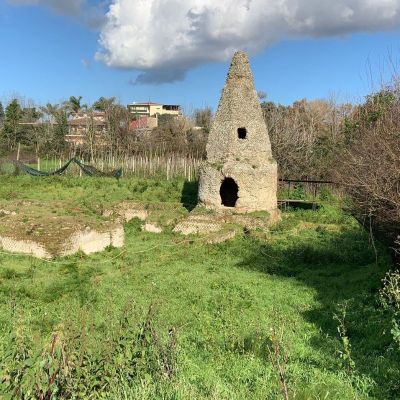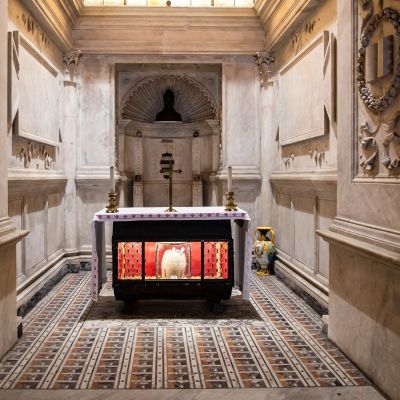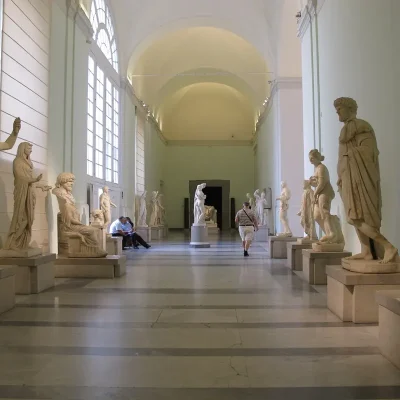Naples, a city rich in history and culture, offers a treasure trove of museums that will leave any art and history enthusiast in awe. If you’re looking for an authentic experience beyond the typical tourist attractions, delve into the heart of Naples by exploring its remarkable museums. In this guide, we will take you on a journey through three must-visit museums that showcase the city’s artistic heritage and historical significance.
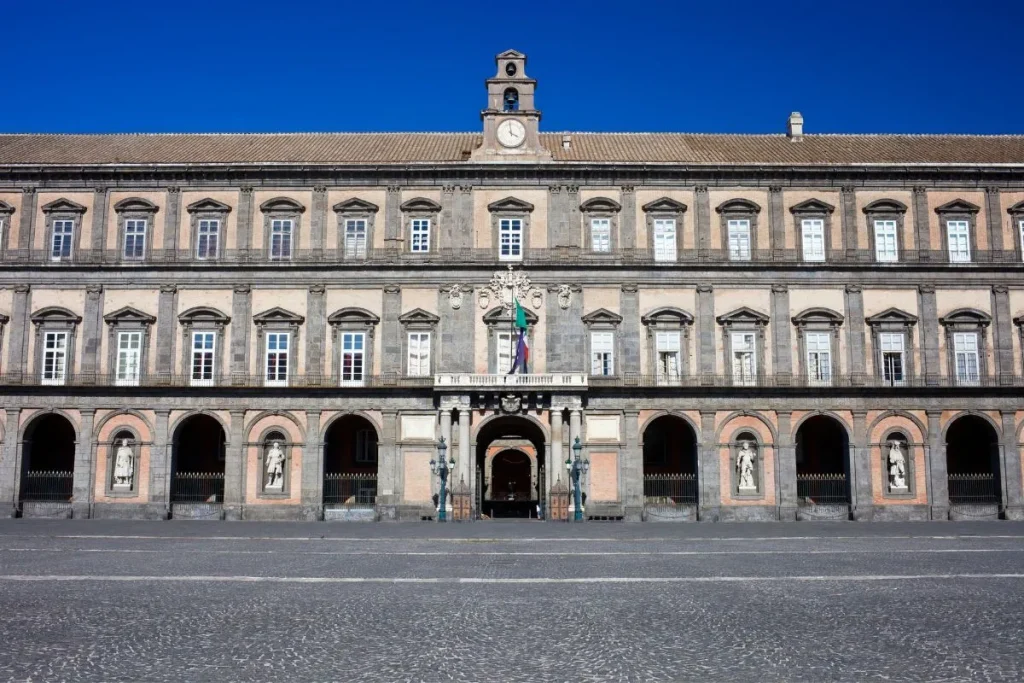
Palazzo Reale di Napoli (Royal Palace of Naples)
Located in Mergellina, precisely at Piazza del Plebiscito, the Palazzo Reale is a testament to Naples’ regal history. Commissioned by Fernando Ruiz de Castro in the 1600s, during his tenure as the Viceroy of Naples, the palace was designed by Ferdinando Fuga and later perfected by Luigi Vanvitelli. As you approach the main façade, you’ll be greeted by exquisite sculptures depicting the kings of Naples.
This colossal and monumental palace serves a dual purpose, as both a historic residence and an art gallery. Inside, you’ll find a plethora of rooms and galleries adorned with works by renowned artists like Tiziano, Luca Giordano, Filippo Palizzi, and many more. The Royal Palace is also home to the Vittorio Emanuele III National Library, making it a cultural and historical hub not to be missed.
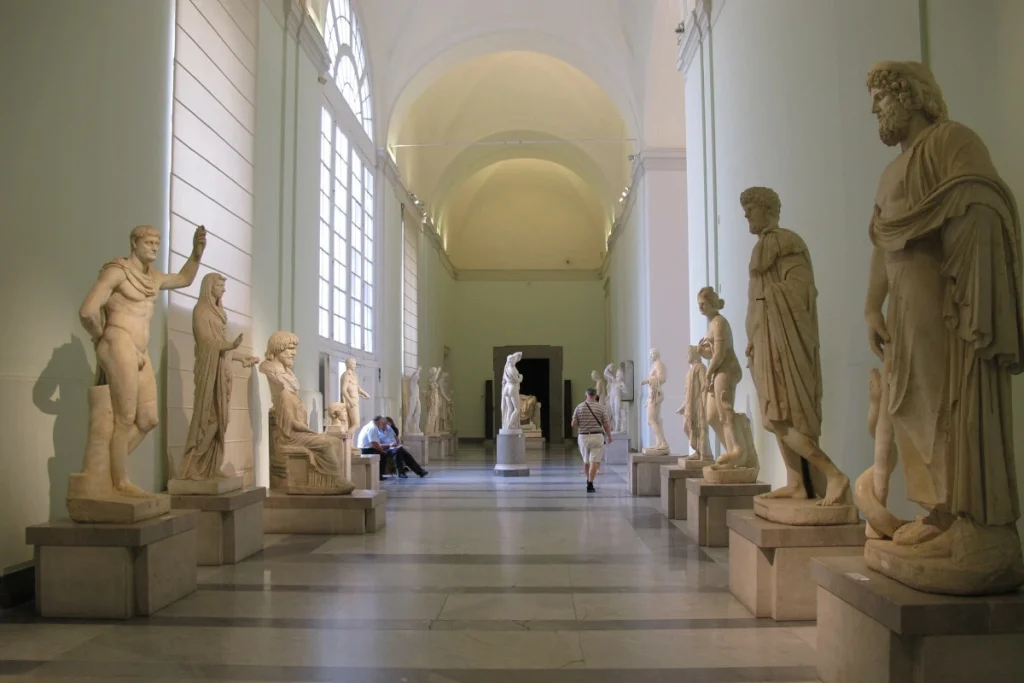
Museo Archeologico Nazionale di Napoli (National Archaeological Museum of Naples)
Situated in the heart of Naples, the National Archaeological Museum is a must-visit for art aficionados and history buffs alike. Regarded as one of the world’s most important archaeological museums, it houses an invaluable collection of art and artifacts.
Begin your journey with the Farnese Collection, where the colossal statue of Hercules Farnese takes center stage. The museum’s holdings extend to the Pompeian collections, featuring relics from Pompeii, Herculaneum, and other Vesuvian sites. Another highlight is the Egyptian collection, which ranks as Italy’s third most significant collection of Egyptian artifacts. Don’t forget to explore the numismatic collection, which adds another layer to the museum’s historical richness.
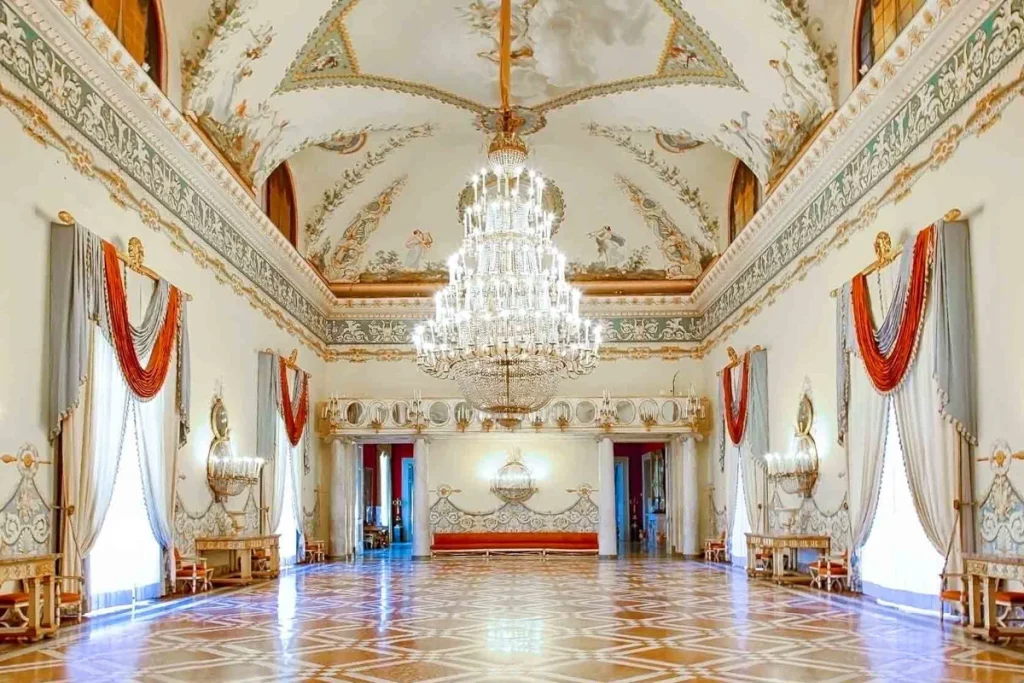
Museo Nazionale di Capodimonte (National Museum of Capodimonte)
Nestled in the eponymous Bosco di Capodimonte, this museum stands as one of Europe’s premier art galleries. Commissioned by Carlo di Borbone in the 18th century, it served as the first royal residence constructed by the Bourbon family. Originally designed to house sculptures from the Farnese collection (later relocated to the MANN), the museum now boasts an astonishing array of masterpieces, including paintings and sculptures.
Inside the regal halls, you’ll encounter works by celebrated artists like Caravaggio, Raphael, Titian, and Botticelli. The museum also houses the Farnese armory and the historic royal apartment, providing a glimpse into the opulent lifestyle of Naples’ monarchy.
As you immerse yourself in these three extraordinary museums, you’ll not only gain a deeper appreciation for Naples’ art and history but also experience the city from a local perspective. This curated journey through the Palazzo Reale, the National Archaeological Museum, and the National Museum of Capodimonte will undoubtedly leave you with a profound understanding of the rich tapestry of Naples’ culture and heritage.
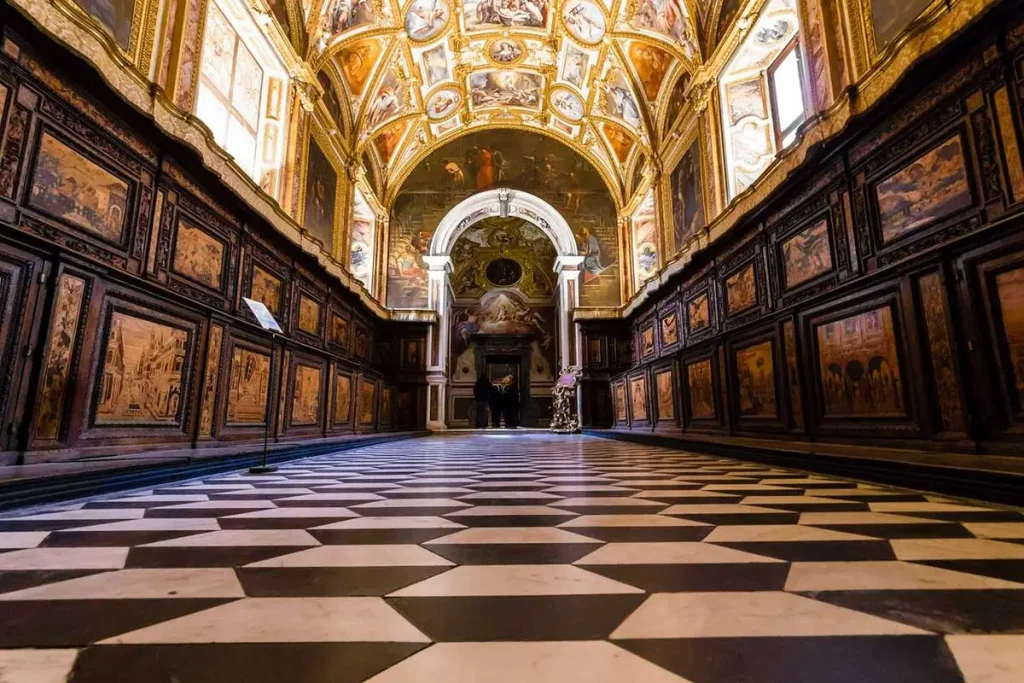
Museo Nazionale di San Martino (National Museum of San Martino)
Perched on the Vomero hill, within the beautiful Certosa di San Martino, this museum offers a captivating blend of art, history, and religious heritage. In addition to the church and two cloisters, the museum boasts intriguing sections such as the Monumental Courtyard, Gothic Undergrounds, and the Monks’ Pharmacy and Herbalist’s Shop. Of particular note is the 19th-century art collection, featuring over 950 paintings and numerous sculptures by renowned artists. This treasure trove has been open to the public since 1866, following the Certosa’s designation as a national monument.
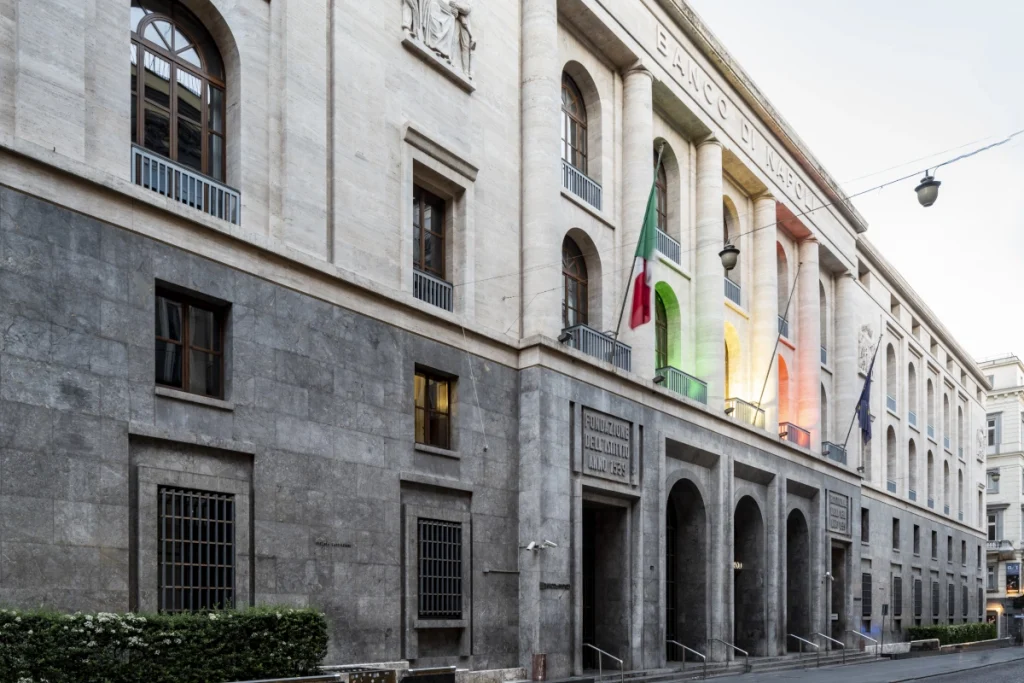
Galleria d’arte di Palazzo Zevallos (Palazzo Zevallos Art Gallery)
Palazzo Zevallos, an architectural marvel along Via Toledo, houses a hidden gem known as the Palazzo Zevallos Art Gallery, owned by the Intesa Sanpaolo Group. Built between 1637 and 1639, this palazzo was commissioned by Giovanni Zevallos, who sought a noble residence along Via Toledo, away from the bustling Quartieri Spagnoli. The museum’s 120 artworks are displayed chronologically, encompassing 17th-century Neapolitan paintings, as well as works from the Posillipo and Resina schools of the 19th century. Of course, the star of the show is Caravaggio’s “The Martyrdom of Saint Ursula.” This museum opened its doors in 2007, making it a relatively recent addition to Naples’ cultural scene.
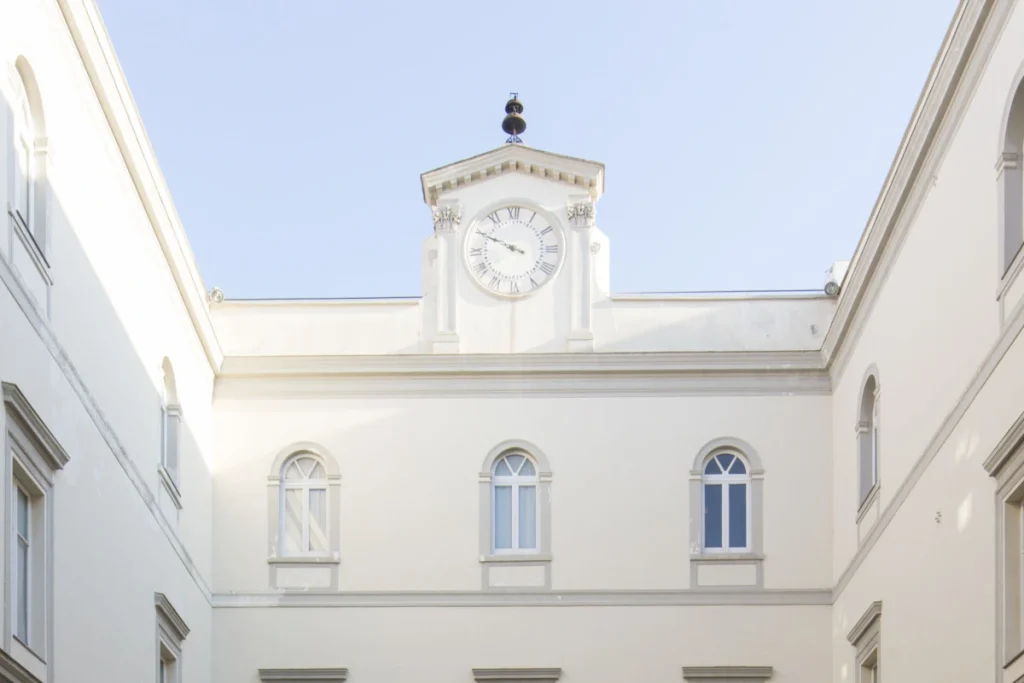
Il Museo Madre di Napoli (Madre Museum of Naples)
The Madre, also known as the Donnaregina Contemporary Art Museum, is nestled in the heart of Naples, just a stone’s throw from the Duomo and the National Archaeological Museum. The museum’s name is derived from the Palazzo Donnaregina, a historic building dating back to the 13th century. Since 2005, this institution has been dedicated to contemporary art. Its permanent collection, originally housed on the building’s second floor, featured works on indefinite loan from national and international collections, as well as artists themselves. Over time, some pieces were returned due to financial issues. Nevertheless, the Madre continues to offer a captivating contemporary art experience.

Museo Cappella Sansevero (Sansevero Chapel Museum)
Nestled in the heart of the historic center of Naples on Via Francesco de Sanctis, the Museo Cappella Sansevero is a true jewel of international artistic heritage. Built between 1593 and 1766, the chapel houses remarkable masterpieces, with Giuseppe Sanmartino’s “Veiled Christ” being the most famous. Other awe-inspiring works include Antonio Corradini’s “Modesty” and Francesco Queirolo’s “Disillusion.” Don’t forget to explore the anatomical machines, which offer a detailed view of the circulatory system. This museum is a must-visit for art and science enthusiasts alike.

Museo Nazionale Ferroviario di Pietrarsa (National Railway Museum of Pietrarsa)
Located between Naples, Portici, and San Giorgio a Cremano, this railway museum offers a fascinating journey through the history of trains in Italy. Established in 1989 and currently managed by the FS Italiane Foundation, the museum is situated between the sea and the Pietrarsa-San Giorgio a Cremano railway station. The extensive 36,000-square-meter facility boasts seven pavilions, housing a diverse range of captivating locomotives and railway artifacts. It’s a testament to Italy’s railway heritage and technological progress.

Il Museo del Tesoro di San Gennaro (The Museum of the Treasure of San Gennaro)
Nestled in the heart of Naples, this museum is located on Via Duomo, adjacent to the Cathedral and the Chapel of the Treasure. This museum safeguards centuries of precious works, including jewelry, statues, busts, exquisite fabrics, and valuable paintings. The collection is part of the Treasury of San Gennaro, featuring iconic items like the Mitre of San Gennaro, the Necklace of San Gennaro, and the insignias of the Order of San Gennaro. Opened to the public in December 2003, this museum offers an enriching glimpse into the city’s religious and artistic heritage.
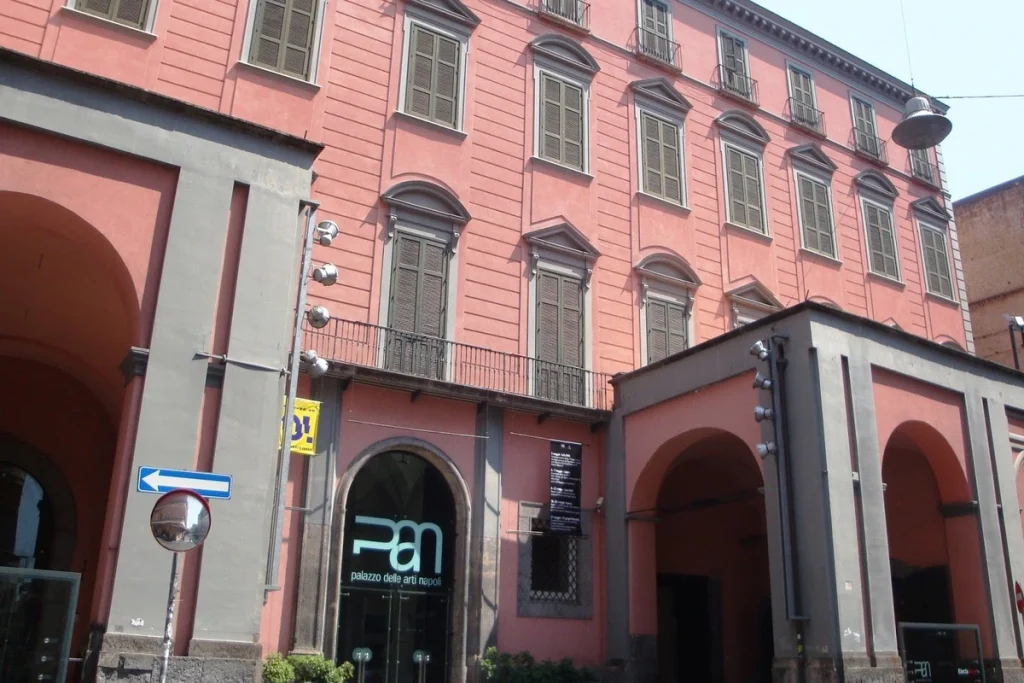
Palazzo delle Arti di Napoli (PAN – Palace of Arts in Naples)
Known as PAN, this museum is housed in the historic Carafa di Roccella Palace on Via dei Mille in the Chiaia district. PAN is dedicated to contemporary art in all its diverse forms, including painting, sculpture, photography, design, comics, and cinema. The building, restored in 1984, was designated for use as a contemporary arts center in 1998, eventually incorporating exhibition spaces, a media library, educational areas, a dedicated library, cafes, and terraces. It serves as a vibrant hub for promoting contemporary art.
When in Naples, go beyond the ordinary tourist path and uncover the city’s artistic and cultural riches at these hidden museums. These local gems offer a unique, authentic perspective on Naples, allowing you to explore its rich history, art, and innovation in a way that few visitors ever experience.



